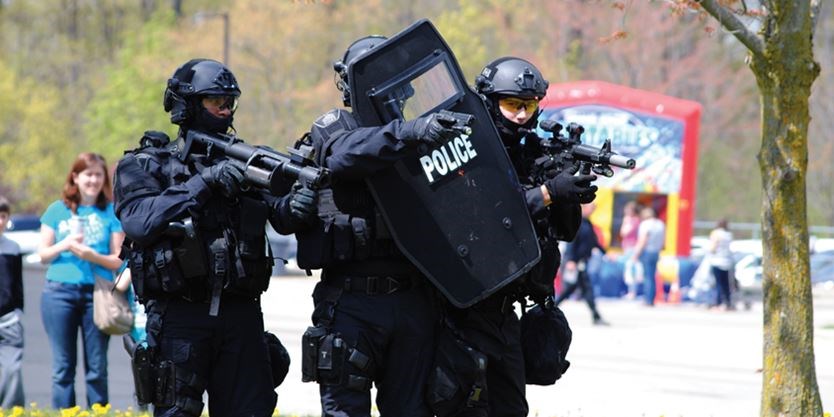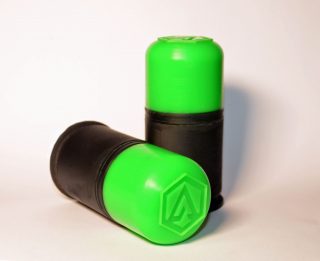It has long been understood that there is a genuine need for law enforcement to adopt less lethal approaches to accomplishing its mission of keeping the public safe. As early as 1990 the United Nations had adopted General Provisions which stated that “governments and law enforcement agencies should develop a range of means as broad as possible and equip law enforcement officials with various types of weapons and ammunition that would allow for a differentiated use of force.”[1] The key to these provisions in terms of less lethal technology (one of the differentiated uses of force) is the reference to “a range of means as broad as possible”, because in the dynamic world of responding to a critical incident there simply isn’t a single solution that will solve all problems.
Consider the Taser. When they first became available many agencies equipped their officers or agents with them and called their less lethal programs done. Finished. Better policing through advanced technology had been achieved and today most, if not all, law enforcement professionals would agree that Tasers are an important and effective part of their less lethal program. Also consider, however, a 2019 report by American Public Media which highlights the need to not become overly reliant on any one response option. After a year long study APM reported that “officers in some big cities rated Tasers as unreliable up to 40 percent of the time, and in three large departments, newer models were less effective than older ones.”[2] This report goes on to state that in “more than 250 cases over three years, a Taser failed to subdue someone who was then shot and killed by police.”[3] This doesn’t mean that departments should stop issuing Tasers, because Tasers can and do save lives, but departments should also be incorporating other options that will give their officers the best chance to successfully respond to serious incidents when officer presence and communication tactics are not enough.
An ARWEN 37 launcher, for example, allows for baton strikes with no minimum standoff distance out to a range of 100 meters and it provides officers with the ability to fire up to five rounds rapidly if needed.[4] Relying on kinetic energy that does not require proper probe placement and which is less likely to be defeated by bulky clothing, a launcher such as this should be seen as a complimentary system to the taser, not a competitor. When added to hand held batons, pepper spray, physical control tactics and proper de-escalation and communication techniques, an officer who is also equipped with a variety of less lethal options is more in line with what the United Nations was recommending in 1990, and more likely to minimize harm and achieve best outcomes in any situation.
A perfect example of how these two less lethal systems can work together is highlighted in a video of an arrest which took place when New Westminster Police responded to an armed male displaying “assaultive and threatening behaviour” and who produced a weapon when interacting with officers. In the video officers deploy a Taser which strikes but does not incapacitate the male, who maintains his footing and mobility for approximately 9 seconds until a second officer, using a different less lethal system, deploys a single baton munition from an ARWEN launcher which temporarily incapacitates the male and allows officers to take him safely into custody.[5]
Moving forward, newly emerging companies such as BolaWrap, with their promise of “safer policing outcomes through innovative technology”,[6] will provide law enforcement with even more choices when it comes to less lethal systems, and agencies who choose to embrace a wide variety of these many new or time tested options can rightfully be seen to be making an important contribution to public safety within their community.
REFERENCES
[1] Basic Principles of the Use of Force and Firearms by Law Enforcement Officials Adopted by the Eight United Nations Congress on the Prevention of Crime and the Treatment of Offenders, Havana, Cuba, 27 August to 7 September 1990
[2] When Tasers Fall, Curtis Gilbert, Angela Caputo, Geoff Hing, APM Reports, May 9, 2019
[3] When Tasers Fall, Curtis Gilbert, Angela Caputo, Geoff Hing, APM Reports, May 9, 2019
[4] https://arwen1.wpengine.com/launchers/
[5] https://globalnews.ca/news/6581439/video-new-westminster-takedown-police/
[6] https://wrap.com/



